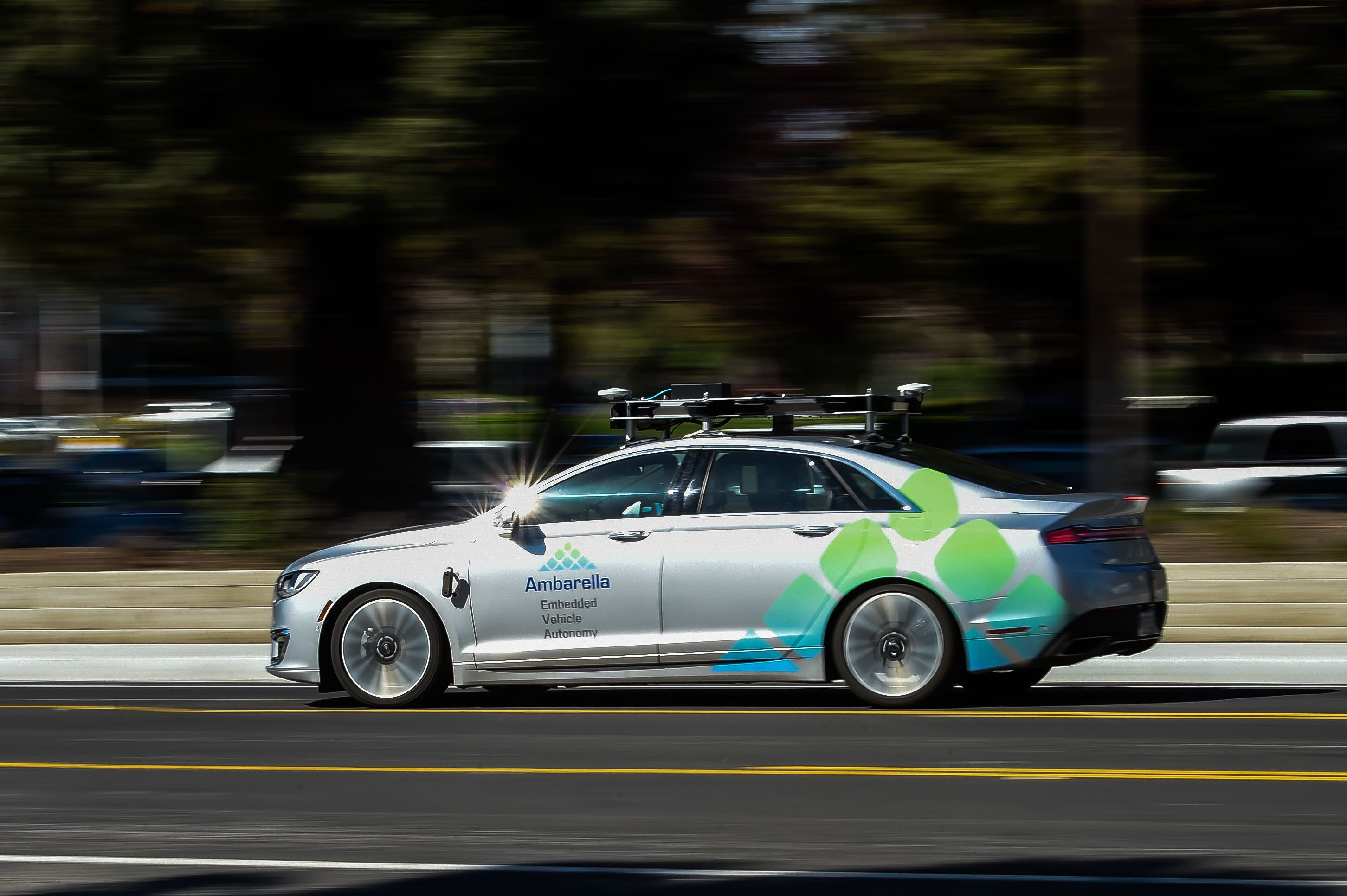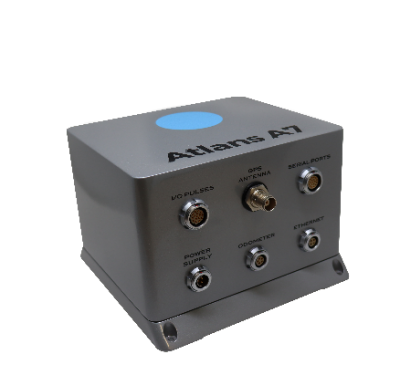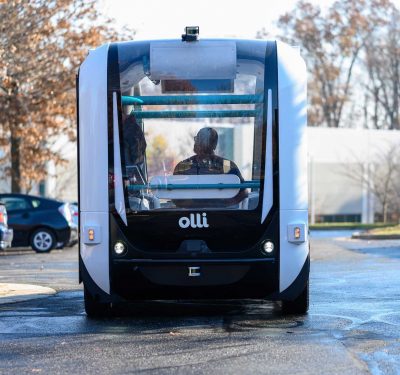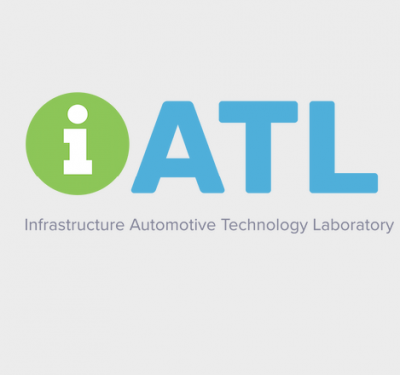
Ambarella’s fully autonomous EVA (Embedded Vehicle Autonomy) vehicle recently drove on Silicon Valley roads, demonstrating its capabilities to customers and industry analysts.
The vehicle can handle various traffic scenarios and combines software and algorithms based on the company’s extensive research on low-power CV1 embedded computer vision processors based on its CVflow architecture, according to a news release.
The high-resolution stereovision cameras deliver the 360-degree short and long distance viewing capability required for advanced perception and precise self-location. EVA includes sensor fusion of the vision information with Radar and map data, providing the data necessary for path planning and merging maneuvers without the need for additional LiDAR systems.
“High resolution 8-Megapixel stereovision combined with superior perception in challenging lighting conditions allows EVA to “see” its surroundings with much higher reliability than was previously possible,” said Professor Alberto Broggi, General Manager of Ambarella Italy, according to the release. “Moving to an implementation based on dedicated Ambarella CVflow processors brings us much closer to making self-driving cars a practical reality.”
EVA’s CV1-based stereovision cameras provide a perception range of more than 150 meters for stereo obstacle detection and more than 180 meters for monocular classification, according to the release. Stereovision processing enables detection of generic obstacles without training. It also relies on stereovision to recognize visual landmarks while using HD map information for high precision localization.
Other features include automatic calibration, stereo generic obstacle detection, terrain modeling, traffic light detection, 3-D free space detection, lane detection, curb and barrier detection, and CNN classification for vehicle, pedestrian, and bicycle/motorcycle.
The company also announced its next generation CV2 computer vision processor, which will provide up to 20 times the computer vision performance of CV1 in a fully-integrated SoC, delivering higher perception accuracy and further reducing the total number of chips required for a fully autonomous vehicle.






